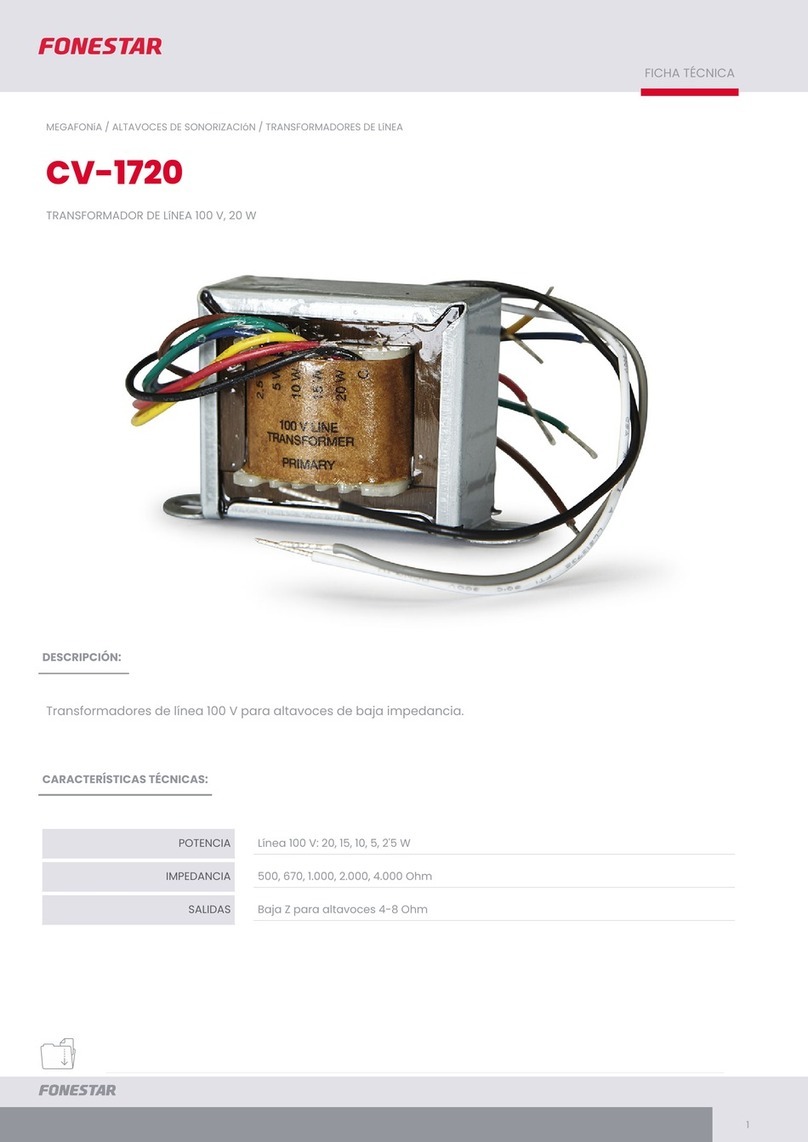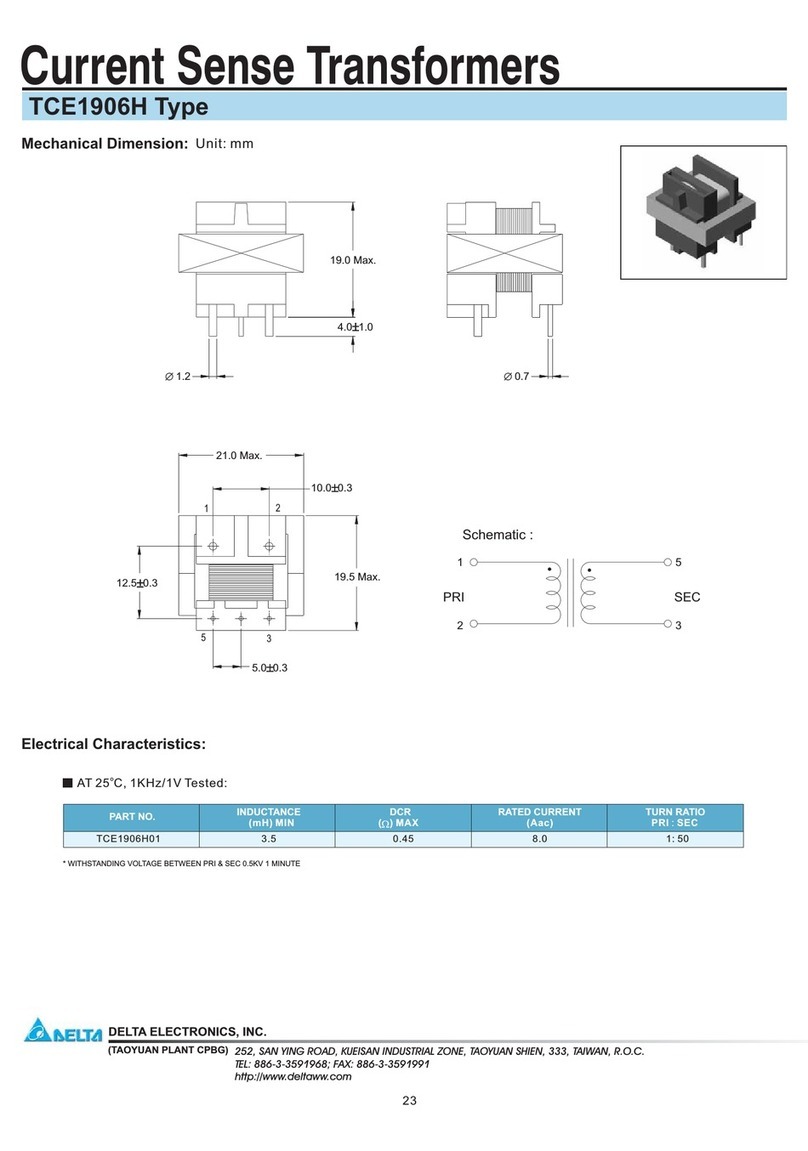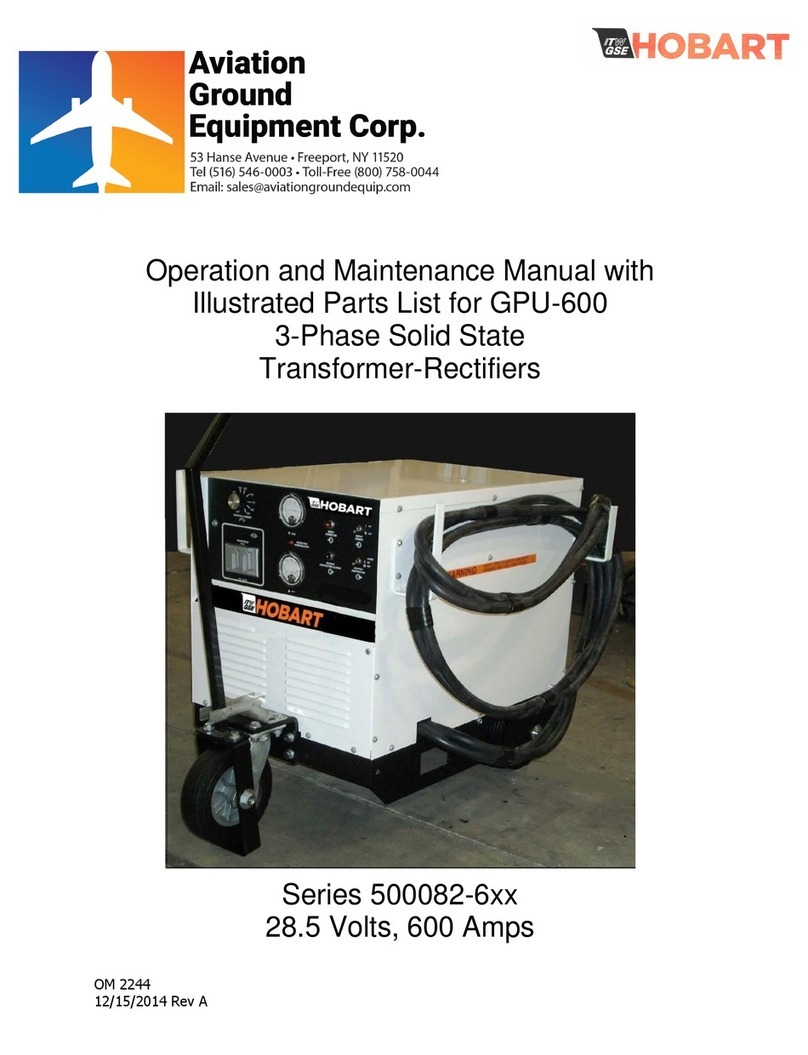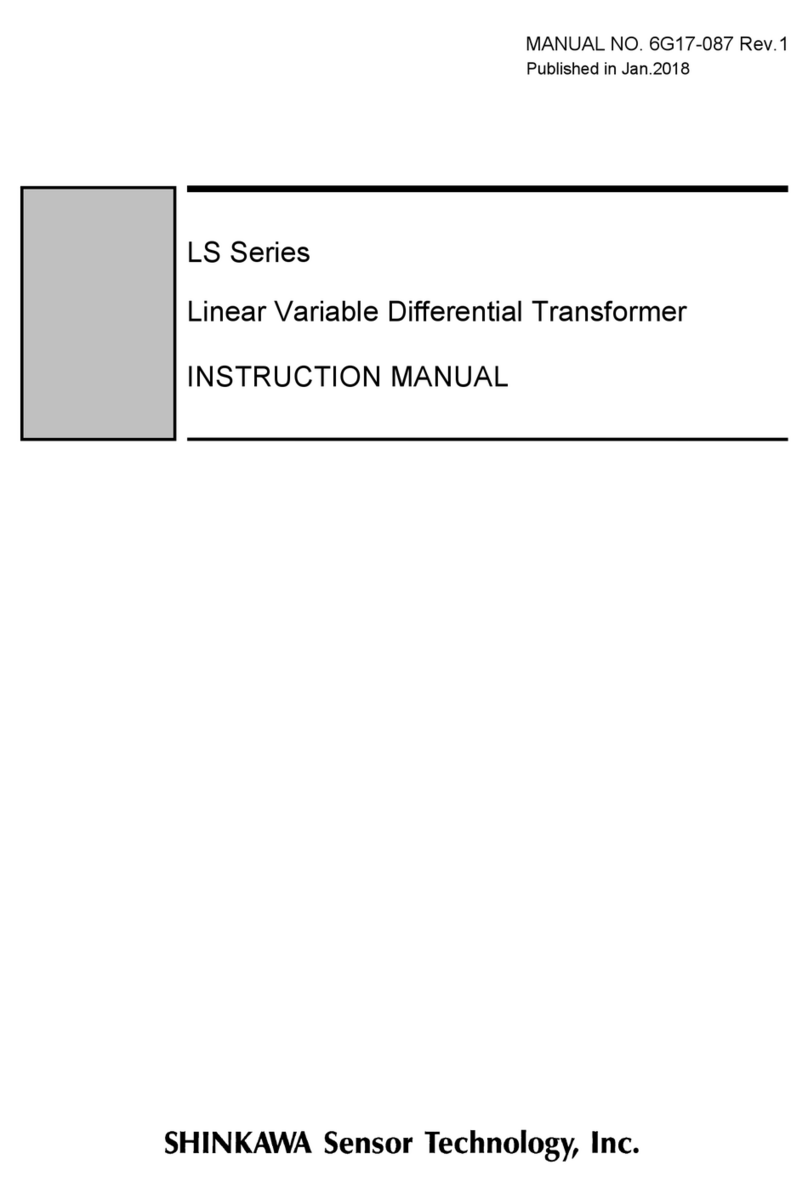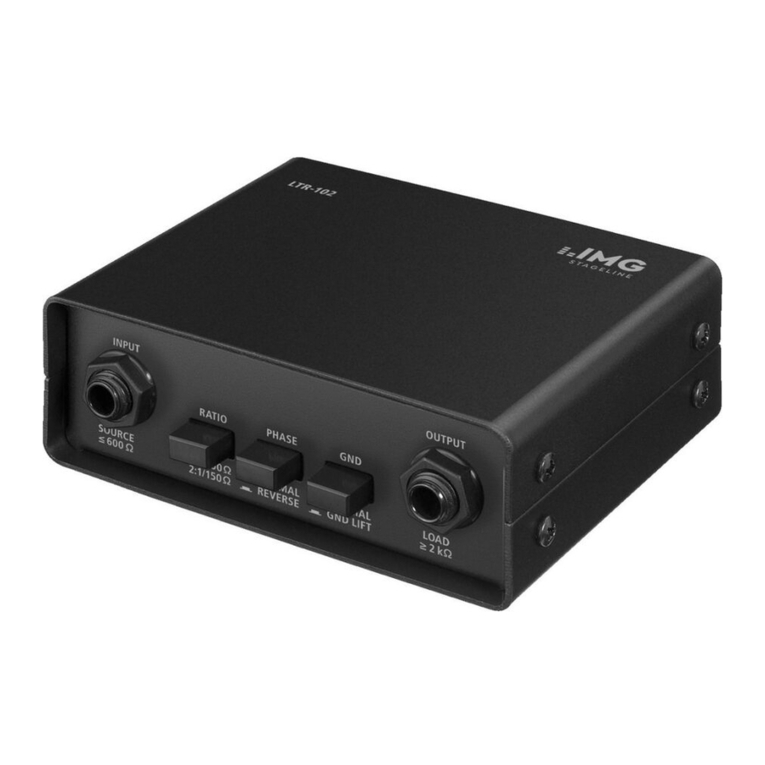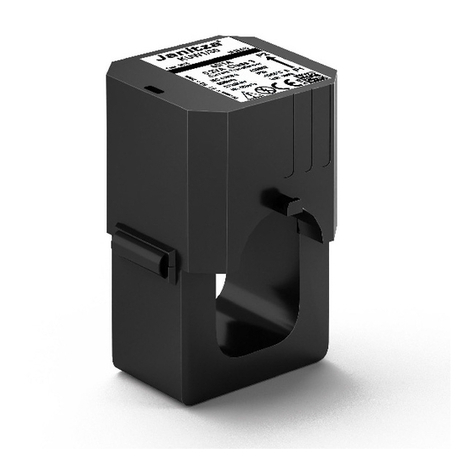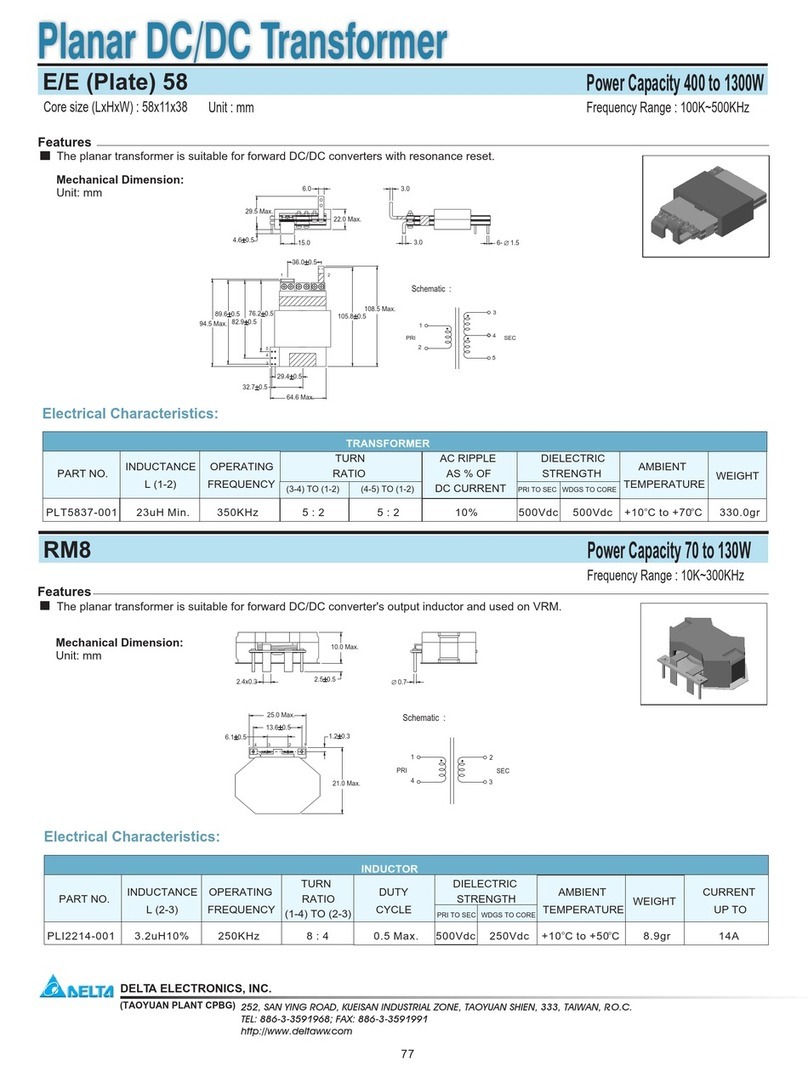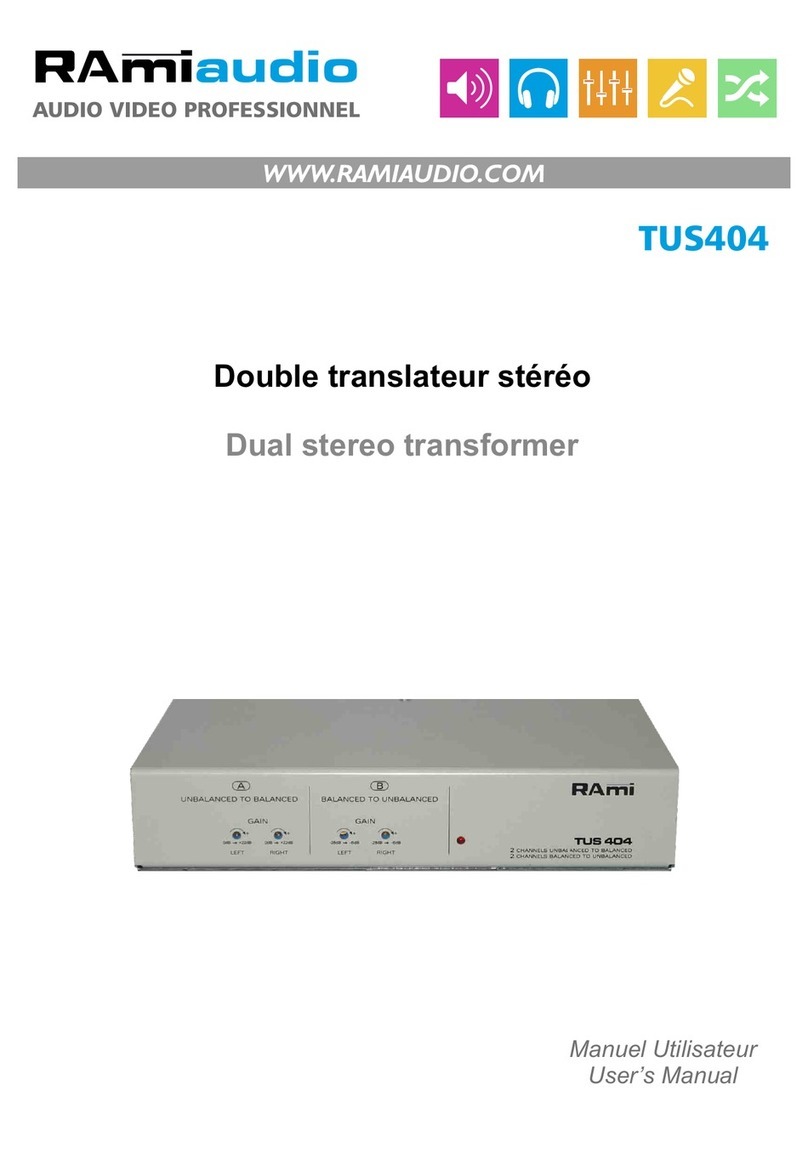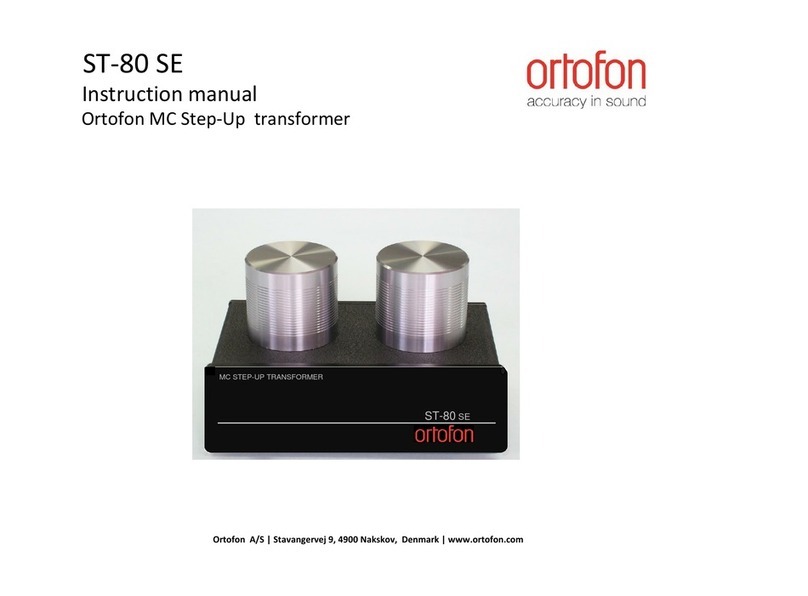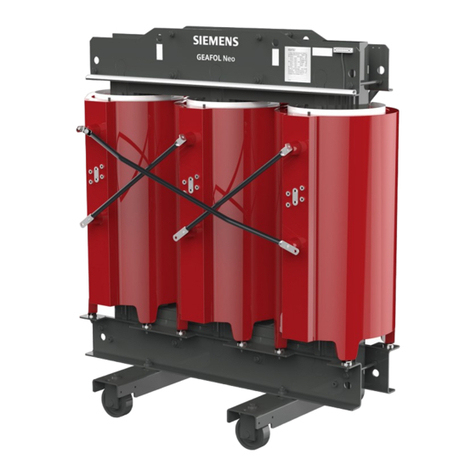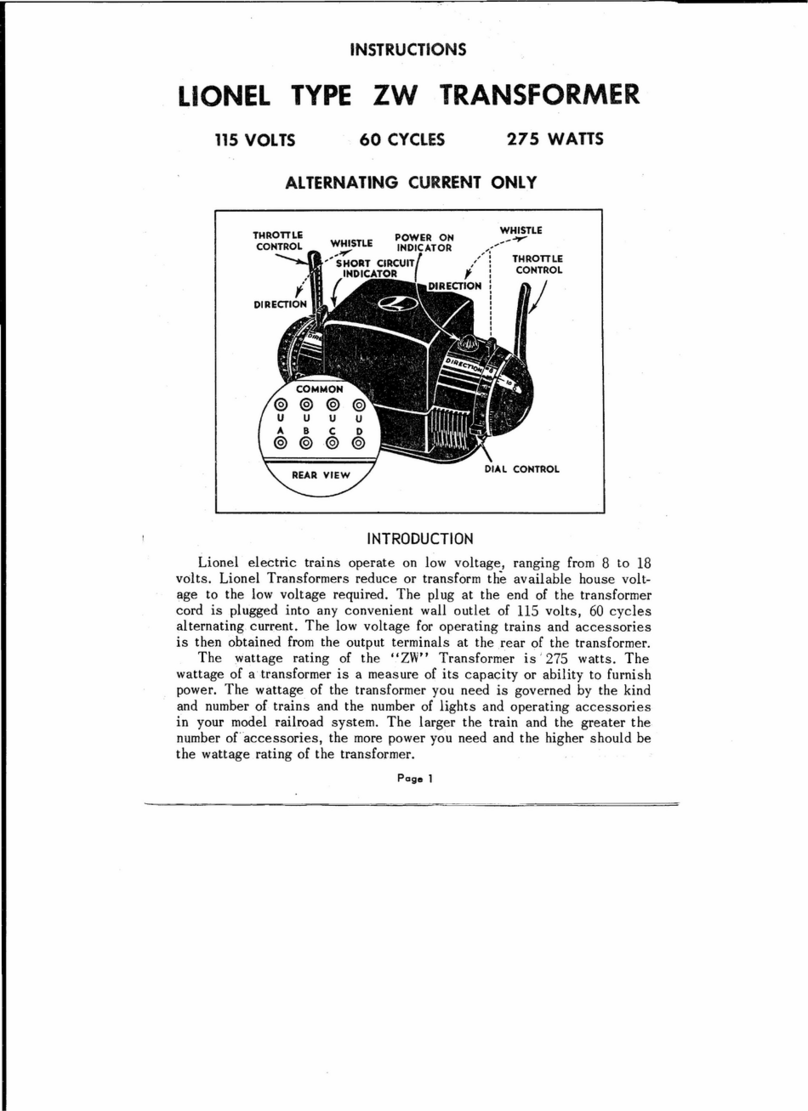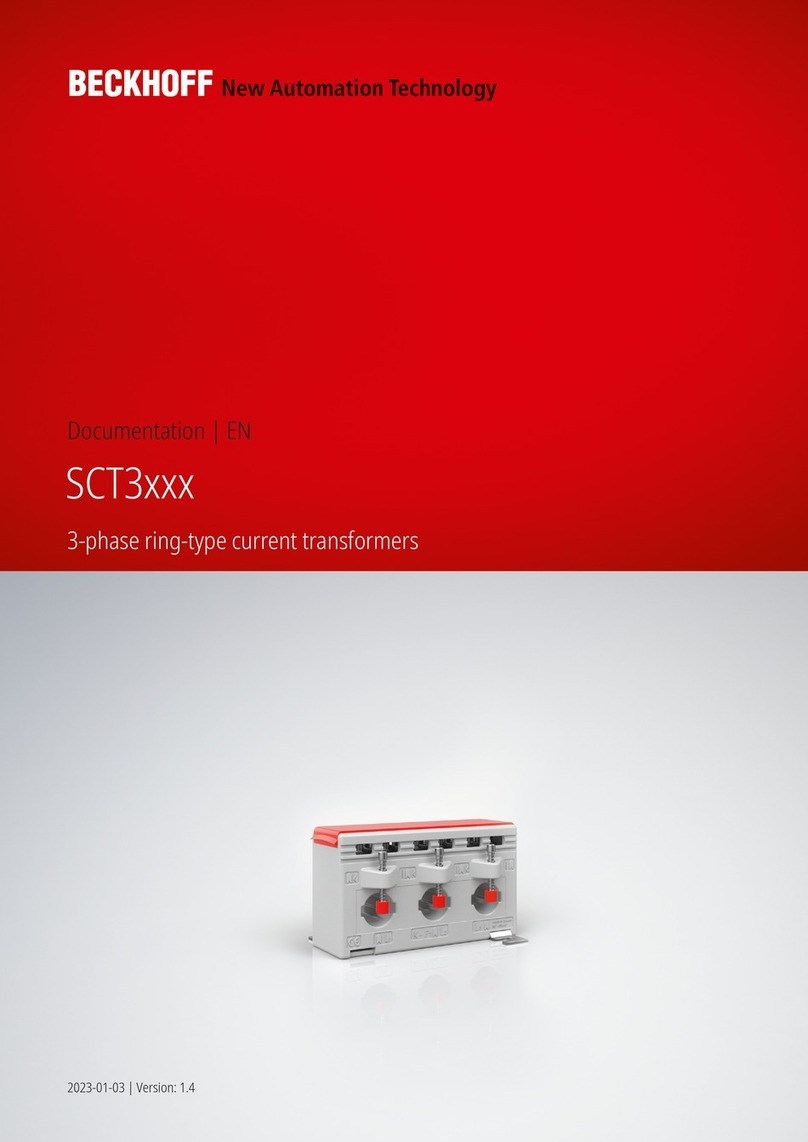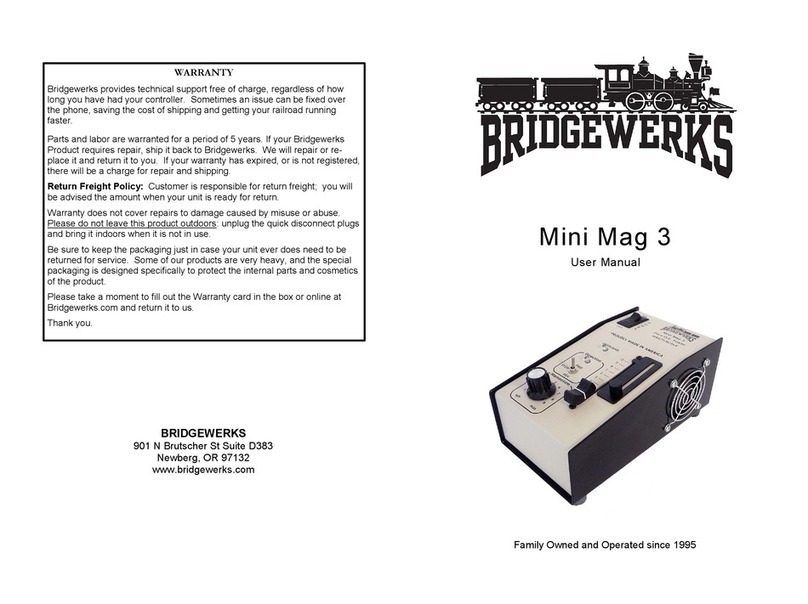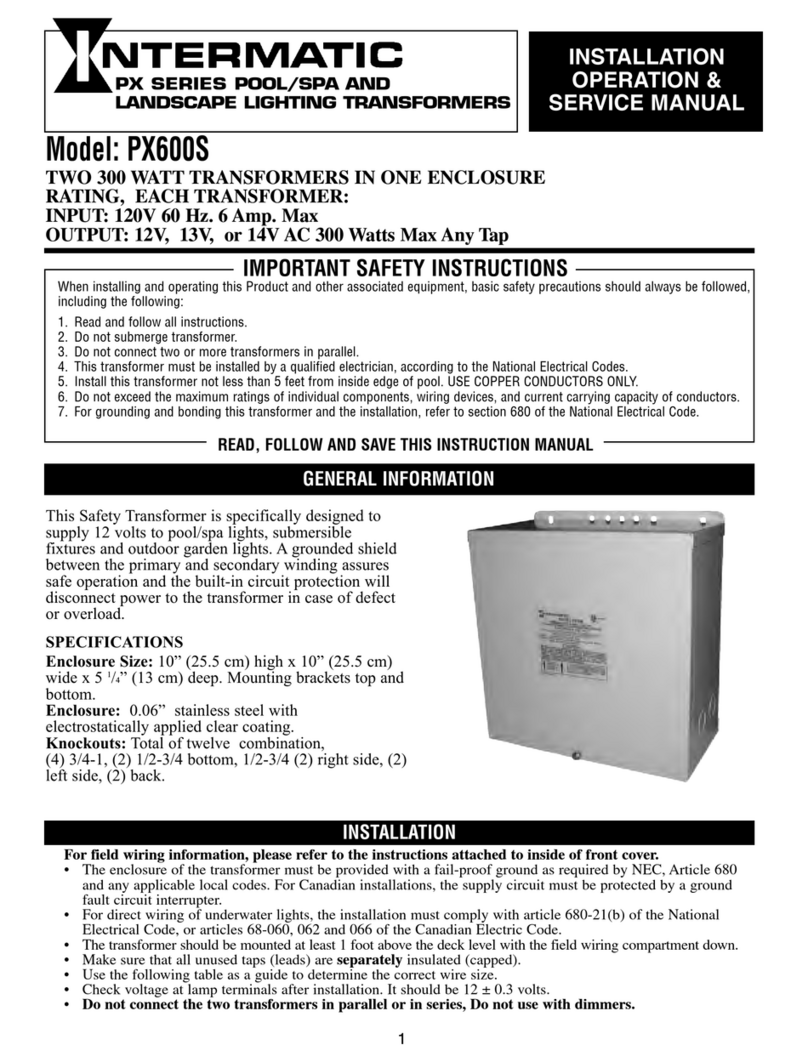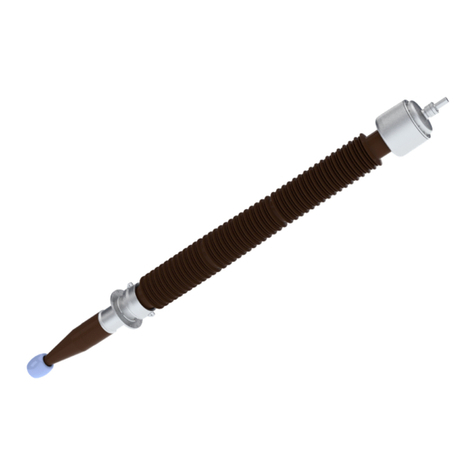
3
1. Description
IntelliLight gives you realistic lighting for your model railway layout.
IntelliLight illuminates your layout depending on the time of day and
weather.
When you switch the lighting system on it starts at dawn. The sun rises
after a magnificent morning red. If the sun sets again after an eventful day
the moon bathes the entire layout in a mysterious silvery light.
According to the conditions the weather is radiantly beautiful or gloomy.
Now and then it rains or a thunderstorm passes through and lightning
flashes and it thunders.
The routine of the day, with an adjustable time, is started when the layout is
switched on. The kind of the lighting depends on the time and cloudy
appearance. Thunderstorms and rain appear randomly or by the push of a
button.
Depending on programming,the day passes in 24 hours or up to 20 times
faster, in approximately 1¼ hours. The lighting can be switched manually or
automatically time controlled.
All pre-programmed time tables can be changed in duration and intensity by
LNCV programming according to one’s own wish. The system can be used
with analog and digital layouts. The lighting system is powered with a
normal Model railway transformer.
2. The Components
Basic Unit Part No. 28000
The electronic controller, two white, one red and one blue CCFL (cold
cathode fluorescent) tubes, one Halogen flood light and two end caps.
For connecting numerous add-on units.
Dimensions (L x W x H): 600 x 105 x 66 mm.
Add-on unit – White Part No. 28010
Four white tubes and a 10W Halogen flood light, inc. connecting cable and
2 connecting plates.
Dimensions (L x W x H): 600 x 105 x 66 mm.
Add-on unit – Colour Part No. 28020
Two white, one red and one blue CCFL tube and one 10W Halogen flood
lamp, inc. connecting cable and 2 connecting plates.
Dimensions (L x W x H): 600 x 105 x 66 mm.
Add-on unit – Lightning & Sound Part No. 28110
One unit with flash lamp and one unit with Loud speaker and IntelliSound
module “Rain und Thunder“, inc. connecting cable and 2 connecting plates.
Dimensions (L x B x H): 200 x 105 x 66 mm each
Add-on unit – Empty channel Part No. 28150
3 units for extending the length of the lighting, inc. 6 connecting plates.
Dimensions (L x B x H): 200 x 105 x 66 mm.
End caps Part No. 28190
2 Pieces
